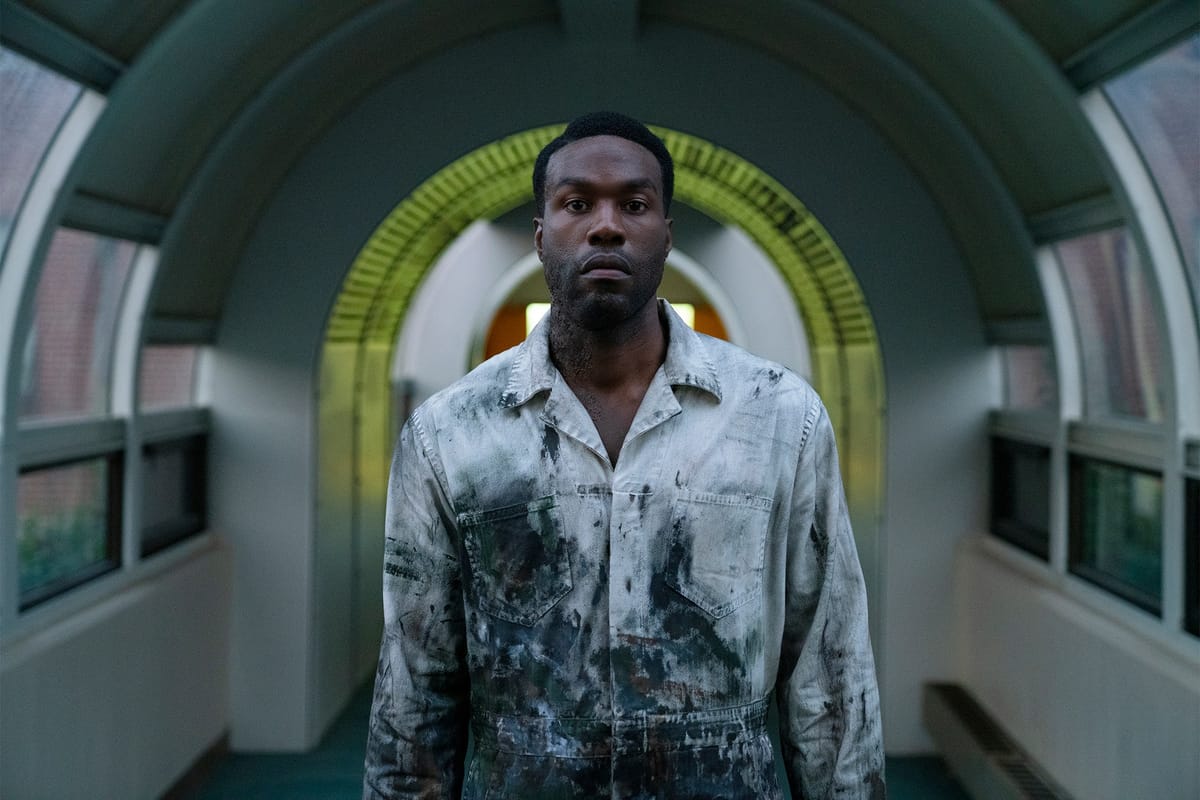The influx of new Black horror films and their duality

By Anisah Mahamoud, BA International Relations
Within the last decade, it is clear to see a resurgence of Black horror films. These are not limited to solely portraying Black characters, but they tell Black stories and are in many cases written by Black people.
In previous media, the trope of the ‘Black hero’ was extremely popular where the token Black character dies to save the protagonist, who is usually white. This cliché found new ways to stay relevant, as the protagonist in horror films may have a token black friend who is killed off. However with this new influx of Black writers and directors creating horror films, the entire genre is getting reshaped.
The new film changes the Candyman label into a generational curse that affects Black men who have faced trauma in their life under a social system that favours white people
Candyman (2021) is the first horror film directed by a Black woman, Nia DaCosta, to be released by a major studio. The new film changes the Candyman label into a generational curse that affects Black men who have faced trauma, under a social system that favours white people. The social commentary doesn’t stop there as DaCosta focuses on the issue of the gentrification of the ‘hood’ and how that is the real horror facing the Black community.
Helen Lyle, a white protagonist, ventured into the disadvantaged urban neighbourhood of Cabrini Green to study an urban legend in 1992’s Candyman. Helen’s whiteness hinders and shapes her understanding of Cabrini Green and what the Candyman himself stood for in the original, as it is told from an outsider’s perspective.
Her choice to stay outside rather than inside the housing project mirrors real-life, as Black or impoverished communities are ignored whilst their living conditions deteriorate. As a result, DaCosta’s Candyman tells this famous story through the eyes of African-Americans. She does not limit this to a commentary but focuses on the struggles that Black communities in America have faced, as they have been forced to flee their homes as a result of gentrification.
The protagonist of 2021’s Candyman Anthony McCoy (Yahya Abdul-Mateen II) is a troubled artist who looks into the history of Cabrini-Green for inspiration, after hearing his girlfriend’s brother Troy tell them about the Candyman ghost story. This leads to a meeting with local laundromat owner William Burke (Colman Domingo), who claims to have been visited by Candyman as a child and recounts the true origins of the folklore.
When Anthony integrates the Candyman tale into a piece named ‘Say My Name,’ he accidentally reintroduces the violent spirit into the world. Anthony’s unexpected connection to Candyman begins to take over his life as he becomes fascinated with the folklore and the mystery behind it.
Ironically, the new Candyman does not leave much room for anything else, in its attempt to illustrate the issue of gentrification. In a film about the gentrification of Black areas, there are not many scenes depicting that community. Candyman’s message, while vital and necessary, unfortunately adds to the problems that many people have with media depictions of Black trauma. The African-American experience is more than just adversity and their culture should not be portrayed in the media with such constant negative connotations.
Writers like Nia DaCosta and Jordan Peele are able to create accurate portrayals of the hardships that the Black community face, whilst also producing content that is pleasantly digestible. Their social commentary on issues like gentrification, poverty (as implied in ‘Us’ by Jordan Peele) and racism, produces a space where people are able to see first-hand how these issues affect those outside of their community, directly through the scope of the ones affected.
Although it is extremely important to comment on these issues, it may be time to focus on more positive attributes found within Black culture. If directors maintain the Black trauma approach, Black people will constantly be reminded of their problems. It would be healthy to see positive stories surrounding the Black community.
Caption: Yahya Abdul-Mateen II as Anthony McCoy in Candyman (Credit: Parrish Lewis/Universal Pictures and MGM Pictures)



